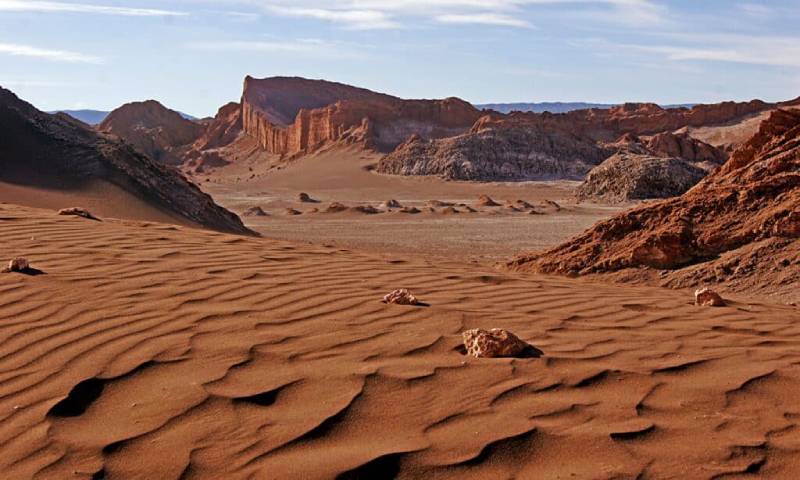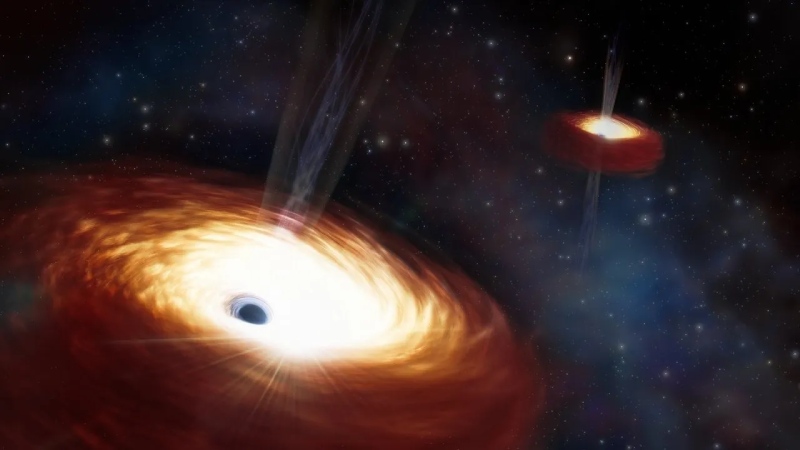The Atacama Desert’s Altiplano, a dry plateau close to the Andes mountains in Chile, receives as much sunlight as Venus, making it the sunniest place on Earth.
According to a study published on July 3 in the journal Bulletin of the American Meteorological Society, this sunny swath, which is located at an elevation of about 13,120 feet (4,000 meters), gets more sunlight than locations that are closer to the equator or at a higher elevation. This is true even though it is typically cold and dry.
The Atacama Desert is unique for several reasons, including the fact that it is the oldest, driest desert on Earth that is not located at the poles, and possibly the clearest location to see the night sky. The solar irradiance, or the quantity of light energy emitted by the sun to Earth, is another characteristic of the Chilean Altiplano. The plateau’s world record was measured by scientists to be 2,177 watts per square meter. According to the study, the radiation at the top of Earth’s atmosphere is roughly 1,360 watts per square meter.
According to Raul Cordero, main study author and a climatologist at the University of Groningen in the Netherlands, “it’s actually the radiation that you will be receiving if you are standing up on Venus in summer.”
Venus is 28% closer to the sun than Earth is, so the contrast is “incredible,” Cordero continued. According to the study, the average sun radiation on the plateau is roughly 308 watts per square meter, which is another record-breaking value that is twice as high as that observed in Central Europe and the U.S. East Coast.
According to Seiji Kato, an atmospheric scientist at NASA who wasn’t involved in the study, when solar irradiance is transmitted through the atmosphere, it is absorbed by water vapor and scattered by clouds and aerosols. However, a high elevation position above the water vapor layer with fewer clouds and aerosols would inevitably receive more sunlight.
Chile’s geographic location in the Southern Hemisphere is another factor contributing to its abundance of sunshine. A rise in solar irradiance that is 7% higher in the Southern Hemisphere than the Northern Hemisphere occurs throughout the summer when Earth’s orbit is closest to the sun, reaching a point known as perihelion in early January, according to the study.
Although receiving a lot of sunshine may have its benefits, there may also be drawbacks.
The Washington Post reports that although satellite data has demonstrated that this area receives the most sunlight worldwide, the current study helps validate this fact and provides another justification for why it experiences such high radiation levels.
Topics #dessert #Earth #Space #Sun #Venus











